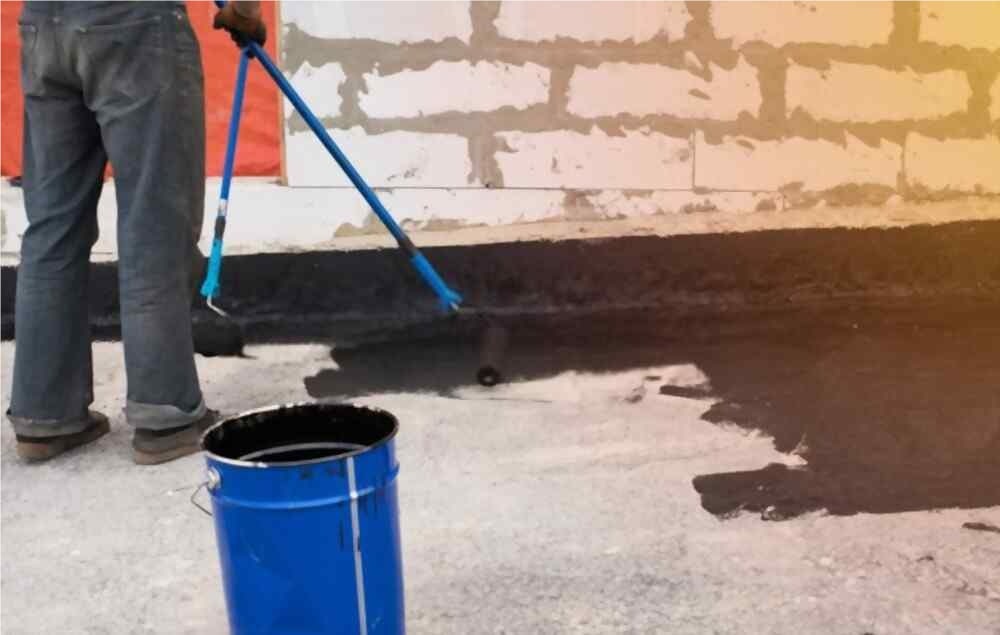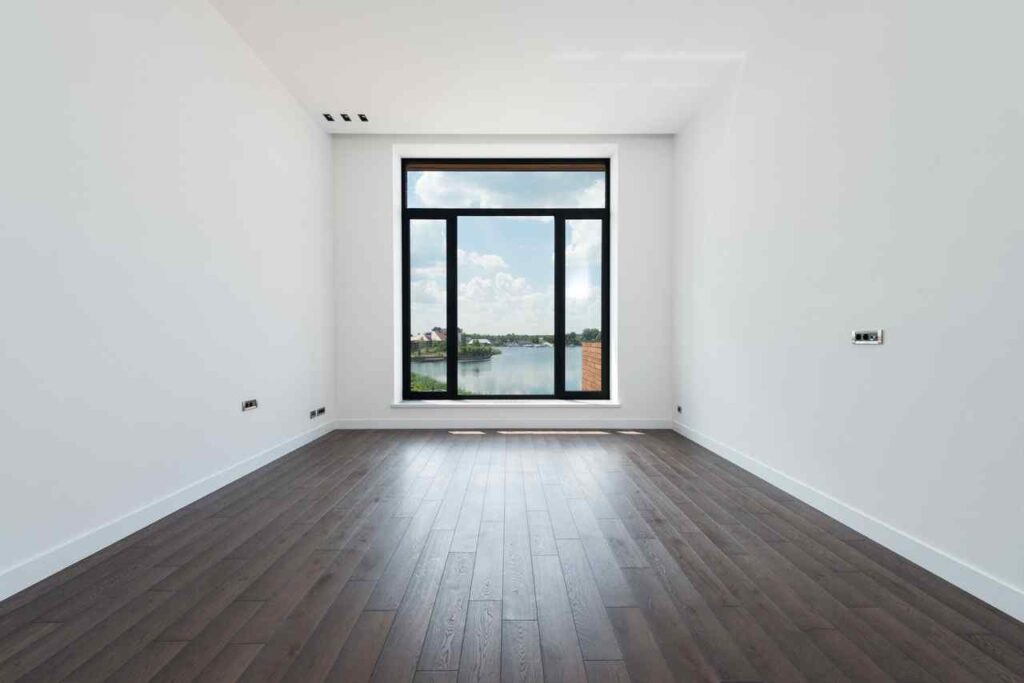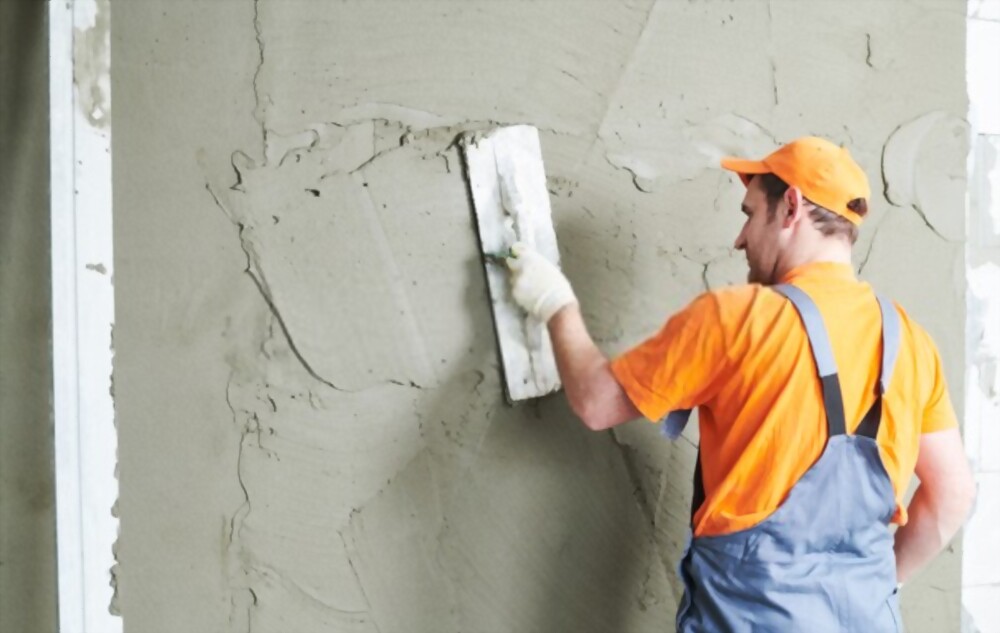Resolving Flat Roof Leaks – A 5-Step DIY Approach
Flat roof leaks can cause water damage and mold growth, which can ruin your home and health. Flat roofs have become increasingly popular in modern architecture due to their sleek appearance and energy efficiency. However, flat roofs are also more susceptible to leaks than traditional pitched roofs. If left untreated, a flat roof leak can cause serious damage to your home, including water damage, mold growth, and structural problems.
Identifying Flat Roof Leaks
There are a few telltale signs that your flat roof may be leaking. These include:
- Visible water stains on the ceiling or walls below the roof.
- Damp spots or puddles on the roof itself.
- Peeling or blistering of the roofing material.
- Cracks or gaps in the roofing material.
- Mold growth on the roof or in the attic.
If you notice any of these signs, it’s important to take action to repair the leak as soon as possible.
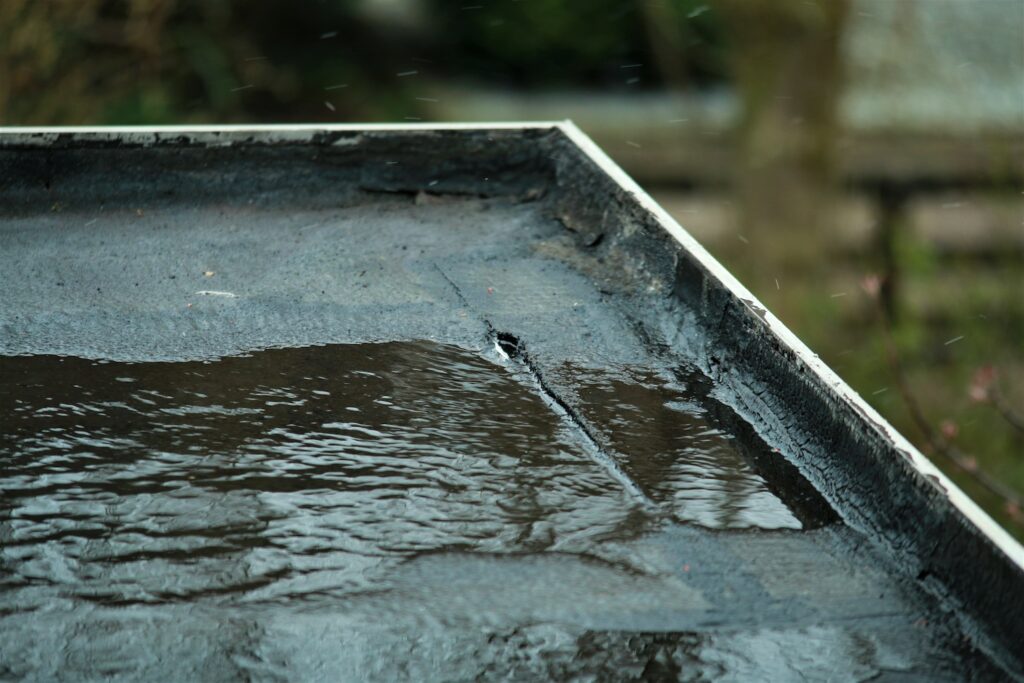
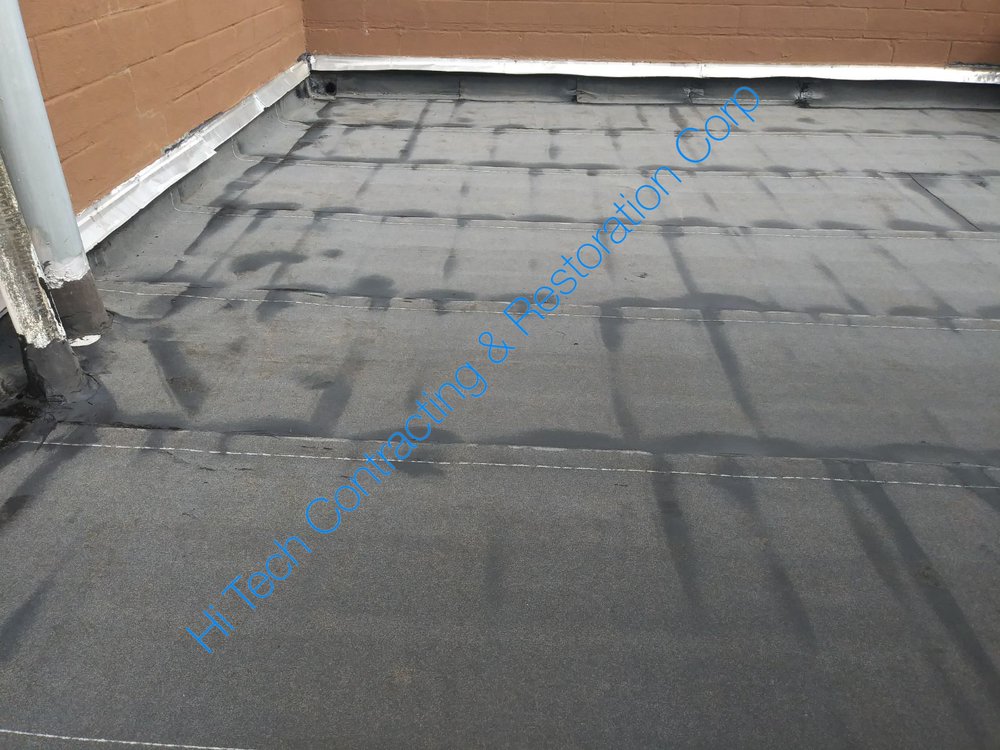
5-Step DIY Approach to Flat Roof Leak Repair
Flat roofs are becoming increasingly popular in modern architecture due to their sleek appearance and energy efficiency. However, flat roofs are also more susceptible to leaks than traditional pitched roofs. If left untreated, a flat roof leak can cause serious damage to your home, including water damage, mold growth, and structural problems.
Identifying Flat Roof Leaks
There are a few telltale signs that your flat roof may be leaking. These include:
- Visible water stains on the ceiling or walls below the roof.
- Damp spots or puddles on the roof itself.
- Peeling or blistering of the roofing material.
- Cracks or gaps in the roofing material.
- Mold growth on the roof or in the attic.
If you notice any of these signs, it’s important to take action to repair the leak as soon as possible.
5-Step DIY Approach to Flat Roof Leak Repair
If you’re handy, you can often repair a flat roof leak yourself. Here’s a step-by-step guide:
- Locating the Leak: The first step is to locate the source of the leak. This can be tricky, as leaks can sometimes appear in areas that are not directly beneath the damaged area of the roof. A good starting point is to look for any visible water stains or puddles on the roof.
- Cleaning the Area: Once you’ve located the leak, clean the area around it with a broom or brush to remove any dirt or debris. This will help ensure that the sealant adheres properly to the roofing material.
- Applying Sealant: Use a high-quality sealant that is specifically designed for flat roofs. Apply the sealant generously to the leak, making sure to cover all of the damaged area.
- Drying the Sealant: Once the sealant has been applied, allow it to dry completely according to the manufacturer’s instructions. This may take several hours.
- Monitoring the Repair: After the sealant has dried, monitor the repair for any signs of leaks. If the leak reappears, you may need to repeat the process.


Preventing Flat Roof Leaks
There are a few things you can do to help prevent flat roof leaks from occurring in the first place:
- Regular Inspections: Regularly inspect your roof for any signs of damage.
- Roof Cleaning: Keep your roof clean and free of debris.
- Tree Trimming: Trim any trees or branches that may be overhanging your roof.
- Professional Inspections: Have your roof professionally inspected and repaired as needed.
When to Seek Professional Help
If you’re not comfortable repairing a flat roof leak yourself, or if the leak is too extensive, it’s important to hire a professional. A professional roofer will have the experience and expertise to repair the leak properly and ensure that your roof is watertight.
Preventing Flat Roof Leaks
There are a few things you can do to help prevent flat roof leaks from occurring in the first place:
- Regular Inspections: Regularly inspect your roof for any signs of damage.
- Roof Cleaning: Keep your roof clean and free of debris.
- Tree Trimming: Trim any trees or branches that may be overhanging your roof.
- Professional Inspections: Have your roof professionally inspected and repaired as needed.
When to Seek Professional Help
If you’re not comfortable repairing a flat roof leak yourself, or if the leak is too extensive, it’s important to hire a professional. A professional roofer will have the experience and expertise to repair the leak properly and ensure that your roof is watertight.
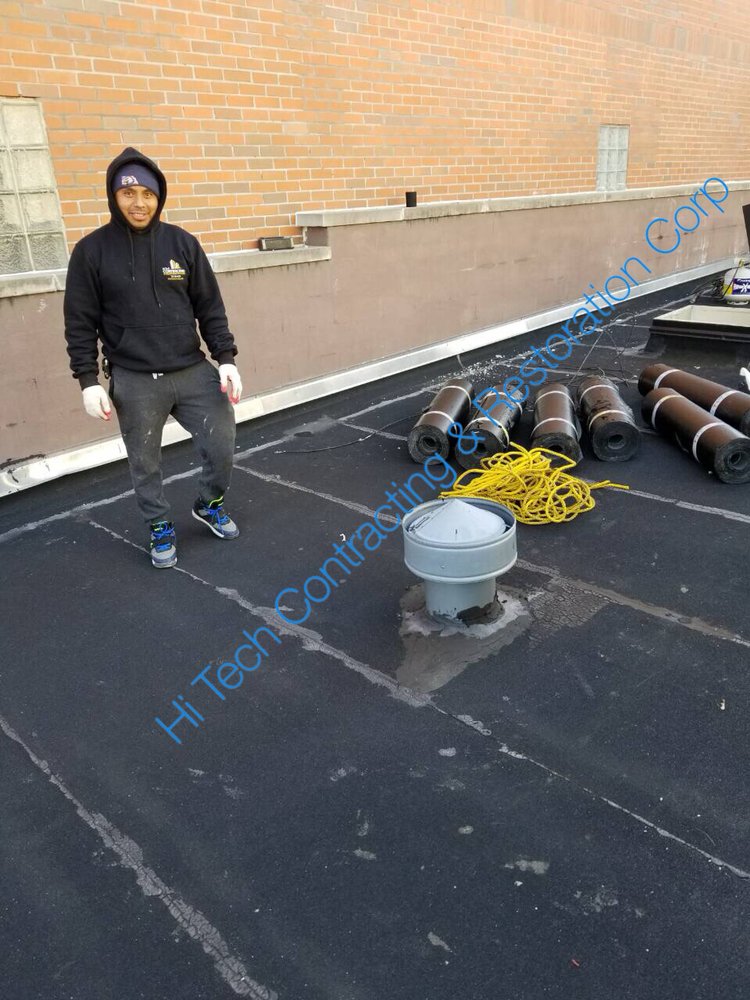
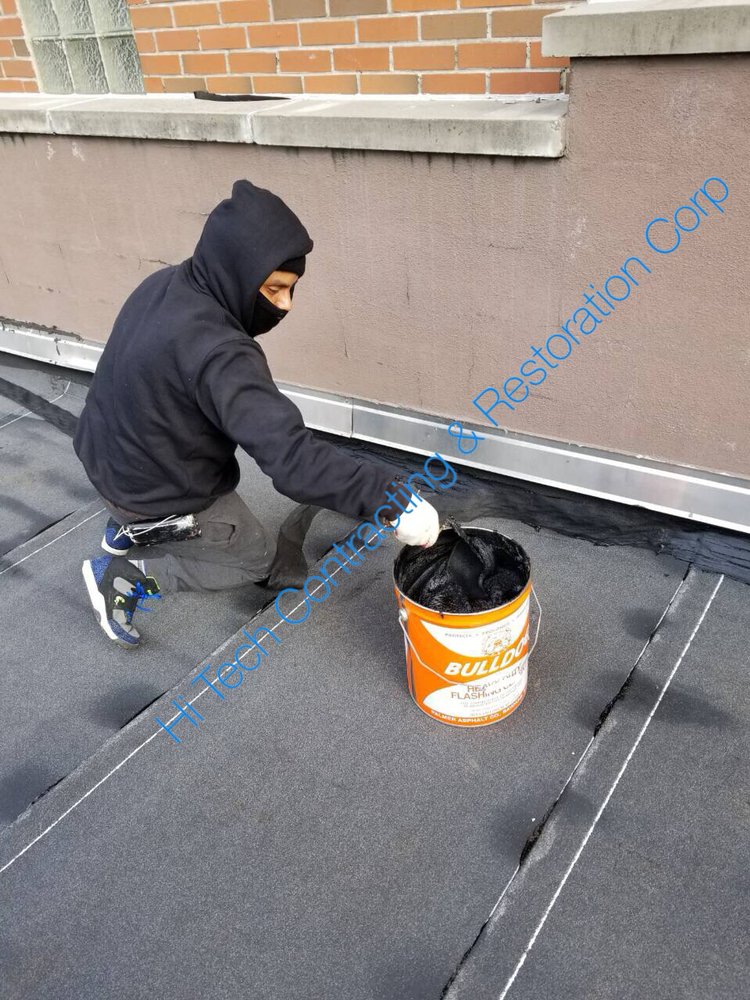
Conclusion
Flat roof leaks can be a major problem, but they are often repairable. By following the steps in this guide, you can learn how to repair a flat roof leak yourself. However, if you’re not comfortable with DIY repairs, or if the leak is too extensive, be sure to hire a professional. With proper care and maintenance, your flat roof should provide you with many years of trouble-free service.
Additional Tips for Resolving Flat Roof Leaks:
- Work Safely: Always use safety equipment when working on your roof, such as a ladder and fall protection.
- Be Patient: Repairing a flat roof leak can be a time-consuming process. Don’t rush the job, or you may end up making the problem worse.
- Use Quality Materials: Don’t skimp on the materials you use to repair your roof. Cheap materials may not last as long and may be more likely to leak.
With a little effort, you can keep your flat roof in good condition and prevent leaks from happening.


